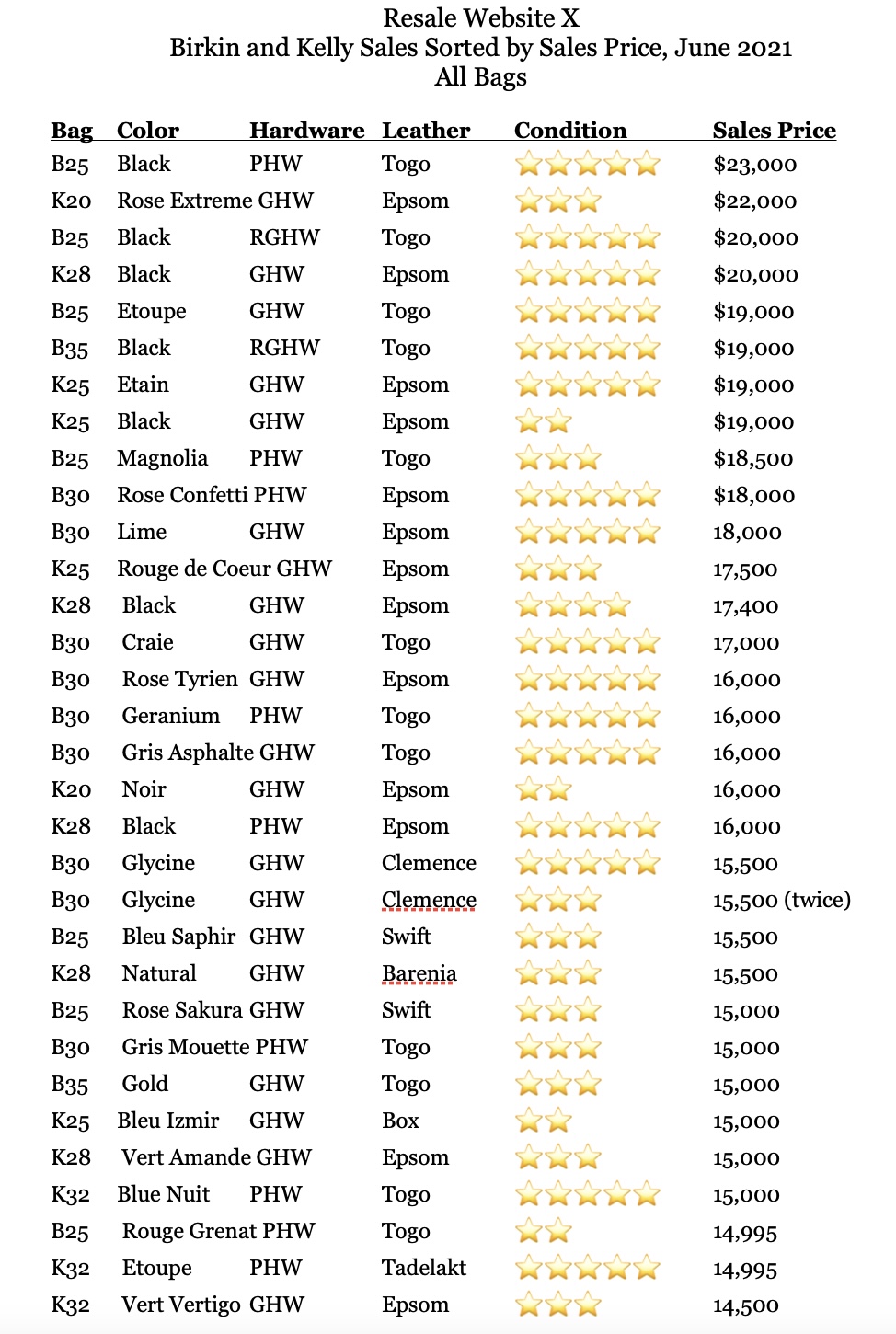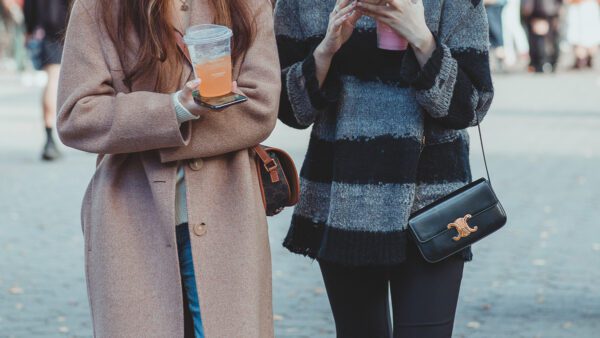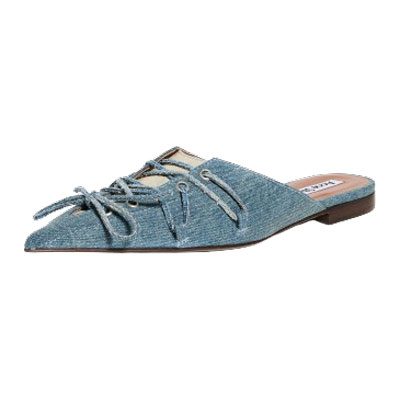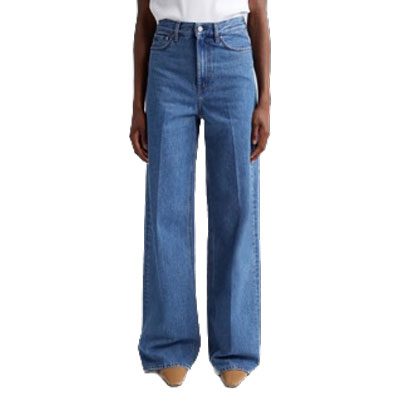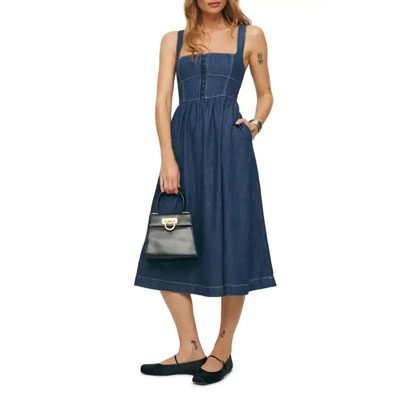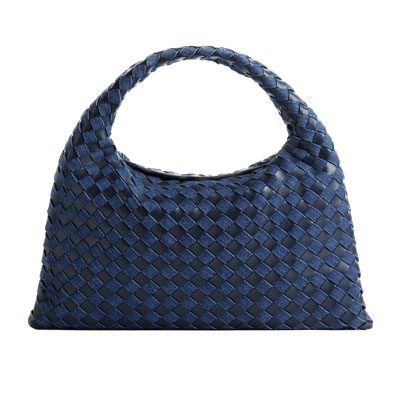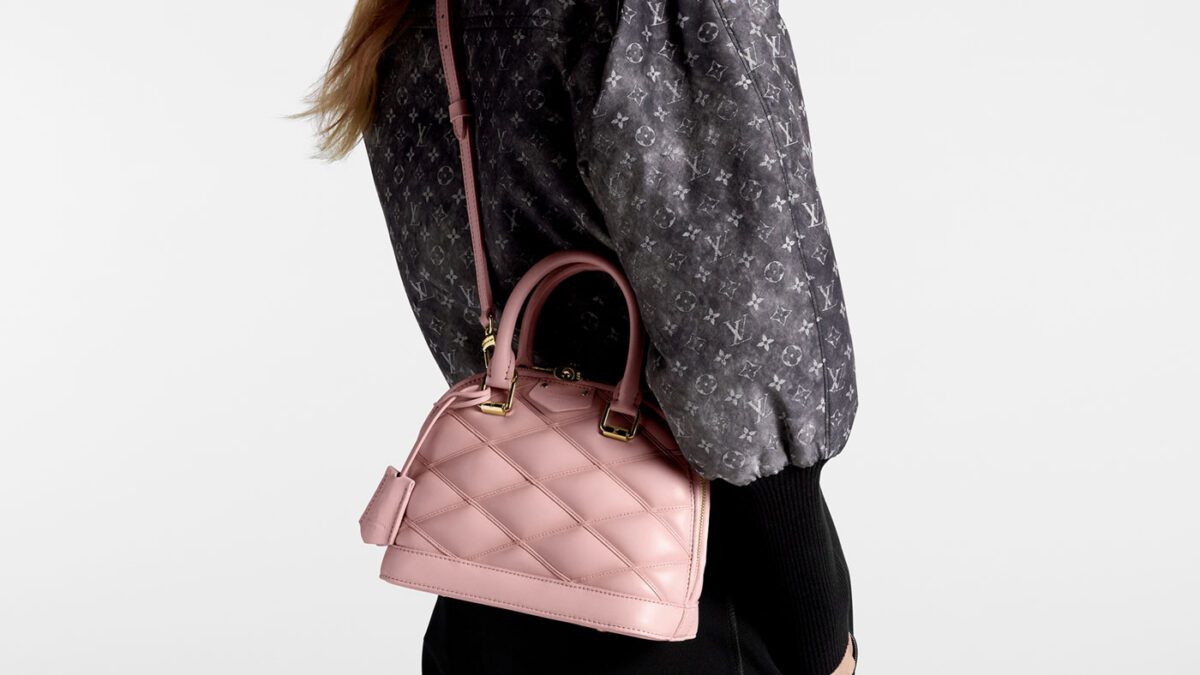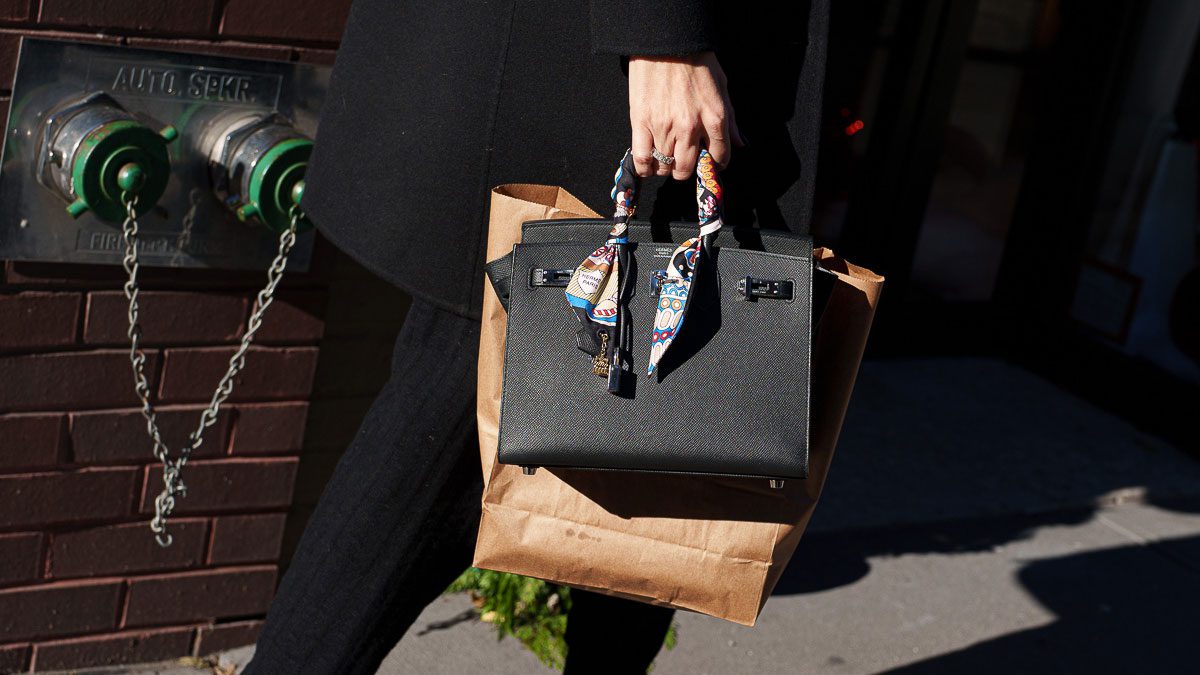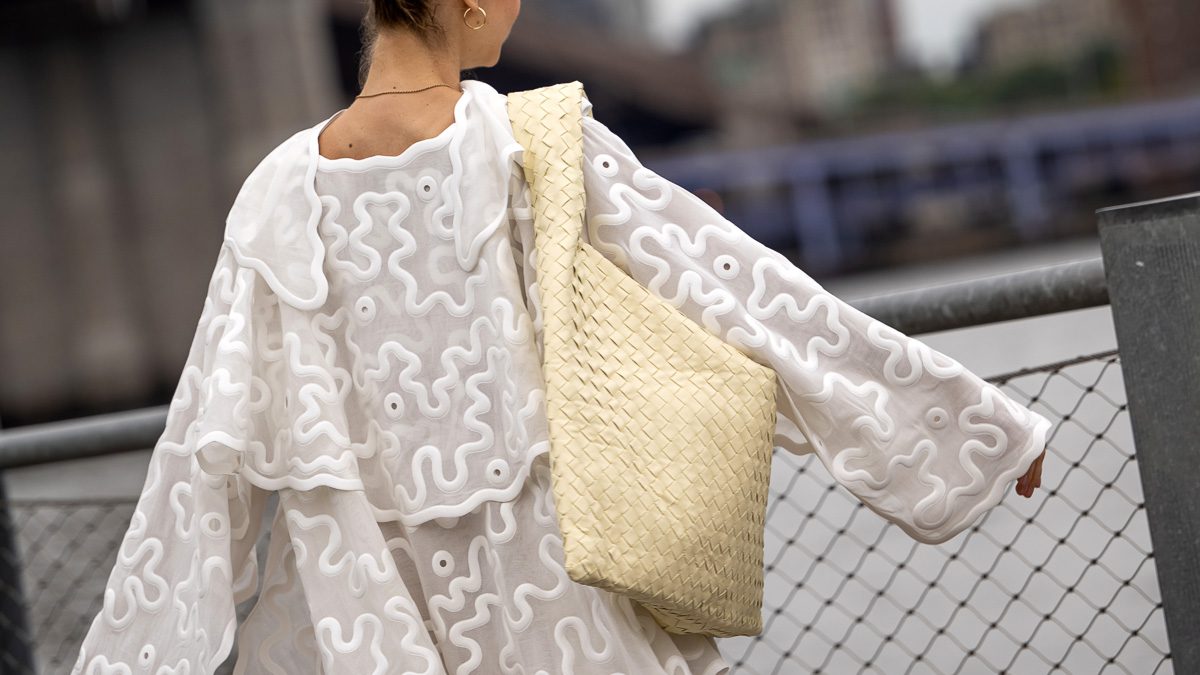A few weeks ago I posed a question on my Instagram stories asking what you would like me to write about; I’m always happy to write about the latest and greatest, or whatever topic pops into my head, but most importantly, I want to write articles that you want to read. One request (a variation on a request I get fairly regularly) was “bag colors that are good for investment”. I thought this was a good topic to tackle, not necessarily as a list or a specific set of answers, but more as an exploration of why this might be a popular request and how any answer could even be definitive.
After all, there are a number of very loose components involved; the bags we buy are, of course, what we individually are attracted to, and what we are attracted to is completely subjective. Further, the bags we buy are from a rather limited pool of what is being manufactured and what is being made available at the time of purchase. Given the opportunity, I would buy a Birkin or Kelly of almost any size and leather in the color Parme, but unfortunately Parme hasn’t been produced by Hermès in at least 15 years (and so I cry). So I can’t tell you to buy Parme, or Rose Indienne, or any number of colors that are not being offered right now as a, ahem, “good investment”, although their scarcity does indeed make those colors good investments, even if retrospectively so.
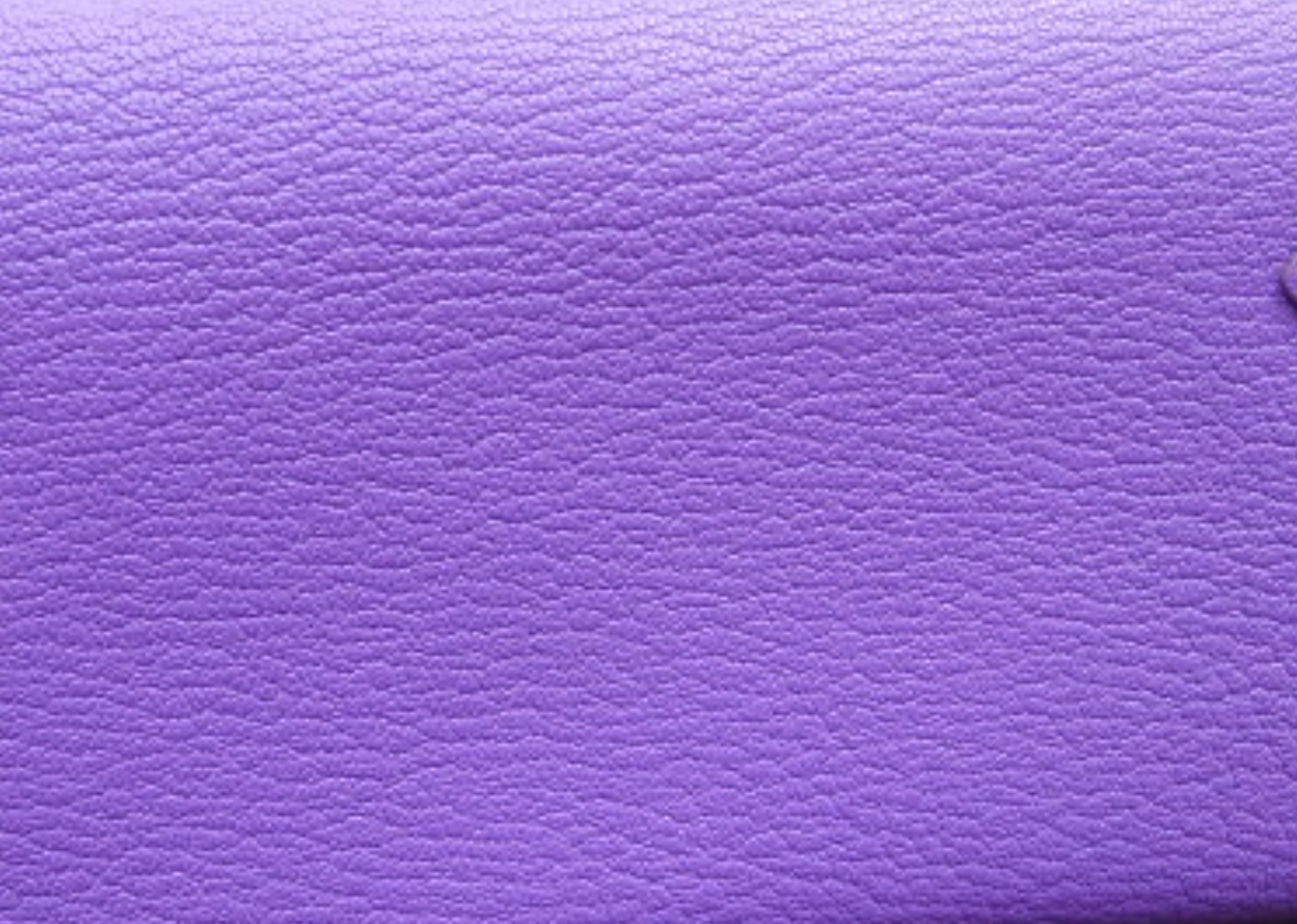
I think a good place to start is to revisit my very first Hermès article for PurseBlog, “Is Your Hermès Birkin or Kelly Truly an Investment?”, in which I delineated a list of Investment Factors one should consider when evaluating a bag purchase from an (admittedly unidealistic, but definitely practical) investment perspective. I knew this was a pretty thorough article when I wrote it back in July, 2019, and it was so well received that other sites republished my information several months later.
To recap, my Investment Factors were:
- size
- color
- hardware
- leather
- year
- condition
- special status (SO, verso, etc)
- selling platform, and
- resale tolerance
These are, to my understanding, the factors that will most affect the resale value of a bag. These factors do not all have equal weight – I personally think that having a bag which is a Special Order, or something particularly limited (most of the time; in some cases a special bag is not necessarily more popular; think Flag Birkins) will always have a bigger effect on the resale price than, say, one particular year of production over another. While some factors are truly matter-of-fact, like the condition of a given bag, most have a really subjective impact; for example, some people love Epsom (it’s light, it holds its shape, it takes colors beautifully), others don’t like it at all. Some people are GHW only, or feel that a particular batch of togo was less/more veined, or only want a particular size.
Color, too, is extremely subjective, but while most of the other factors are pretty much the same every year – current leather options don’t change very much, with occasional new offerings; any bag you buy at the boutique is most likely going to have Palladium or Gold, or possibly Rose Gold Hardware (rarely you might find Permabrass or, for Special Orders, Brushed Hardware; Guilloche and Ruthenium are not currently available) – available colors are constantly changing.
Some colors I would consider to be relatively rare, having only been offered for a season or two (such as Ciel); some are pretty much standard and in production all the time (Noir and Gold); some come and go with the seasons and then come back again, or are produced with the standard offerings for a few seasons in a row (Bleu Electrique, Bleu Paon, Rose Confetti). So this factor is both subjective and always changing. Of course I pick the easy concepts to tackle first.

Color Categories
Let me start by saying that: 1. I am merely providing a framework to evaluate colors; and 2. this is all purely my opinion and is (I cannot say this enough!) completely subjective. My color preferences are unique to me, although I am doing my best here to be as objective as possible, basing my opinions on what I have seen in the marketplace over the past 23 years (as my husband can attest to my late-night website scrolling, I have always tried to keep myself up-to-date on resale matters, purely as a personal interest, although I have found it to also be a very useful soporific). This subject matter may also be perceived as at least slightly cynical, because ideally we are not “supposed” to be buying these bags with a thought to resale value. However, this is a topic that gets discussed regardless and therefore has merit for exploration. This subject was requested by a reader, but I wouldn’t have written it if I didn’t find it at least somewhat interesting and possibly useful for PurseBlog readers; it has certainly been the topic of many a PurseForum thread (and this one. And all of these…) Moreover, these bags are very expensive and, as we all know, fairly easily fungible: it’s good to at least have an idea of what you are getting into financially when you’re eyeballing, say, that Swift 35cm Gris Perle Kelly at 3:00 am.
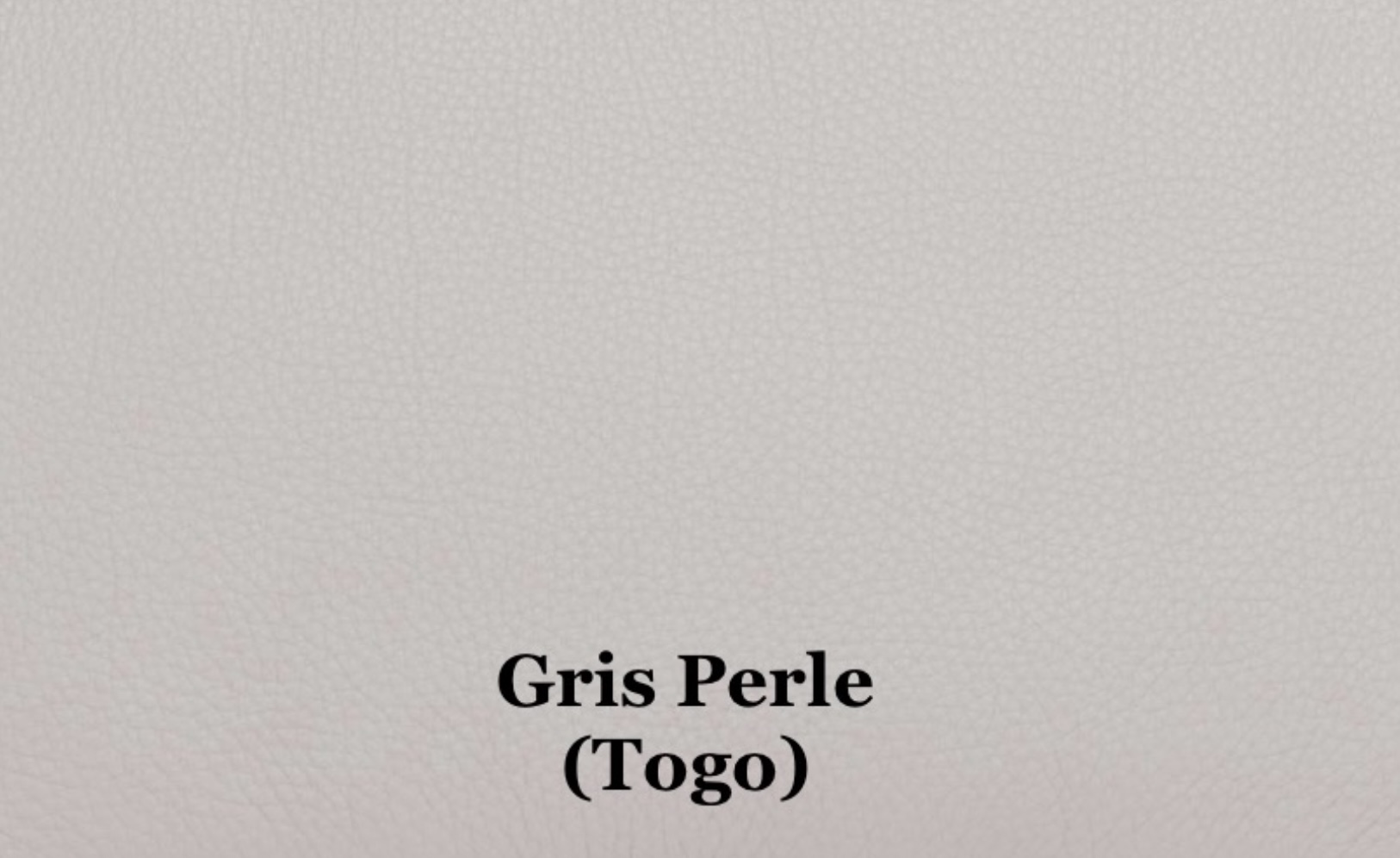
So, with the understanding that this is just a summation of what I have observed over the years and is not any sort of judgement of one color over any other…let’s begin.
I find it easiest to evaluate when you can categorize the different colors by basically (if not absolutely) subjective factors. There are two basic subtypes of colors, one dealing with general appeal and the other regarding availability. Each has a spectrum.
As far as appeal goes, there is absolutely a fan for every color. While there are some colors most people love, there are some colors that are very…particular. That does not at all mean that they are unpopular, but certainly they won’t work for all climates, or color palettes, or they can be very tricky to dress around. An example might be Vert Criquet or Flamingo. Some colors might be pretty on their own, but have a lot of competition when compared to similar colors and come off as not quite as good: if a color like Bleu Saphir sets the standard for a dark navy blue, it’s surrounded by other colors which don’t quite hit the mark, or have undertones which aren’t as universally appealing ats Bleu Saphir. I will just call these colors – like Vert Criquet and Flamingo – Particular.
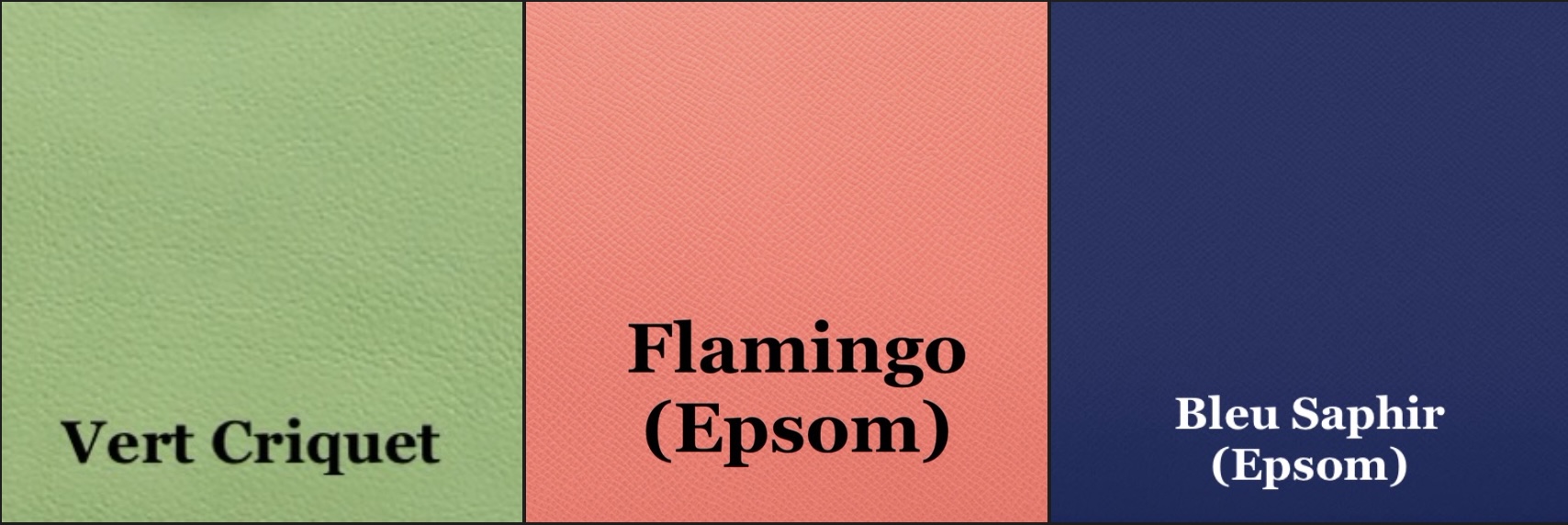
There are other colors which, again, might not work for everyone, but generally many people love. These are the “grail” colors. Think Rose Sakura (a color which I personally love but would actually be afraid to own because it is so light), or Vert Emeraude. These colors are (for lack of a better word) Popular.
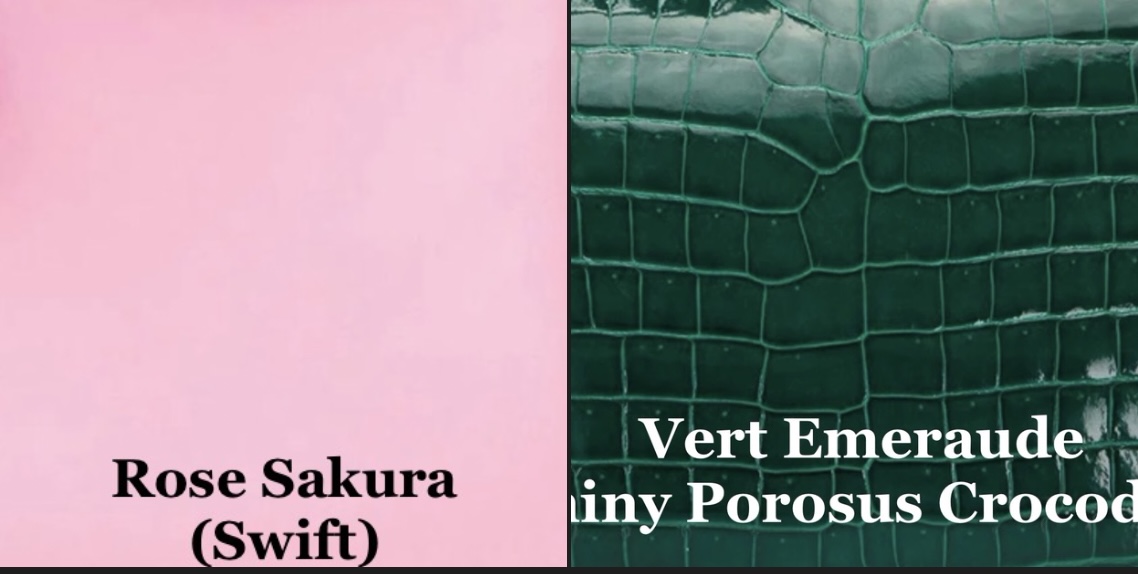
Then there are the Neutrals. Some of these are Popular (Gris Asphalte), some are Particular (Kraft), some are just…neutral: classic, beloved, easy to wear.
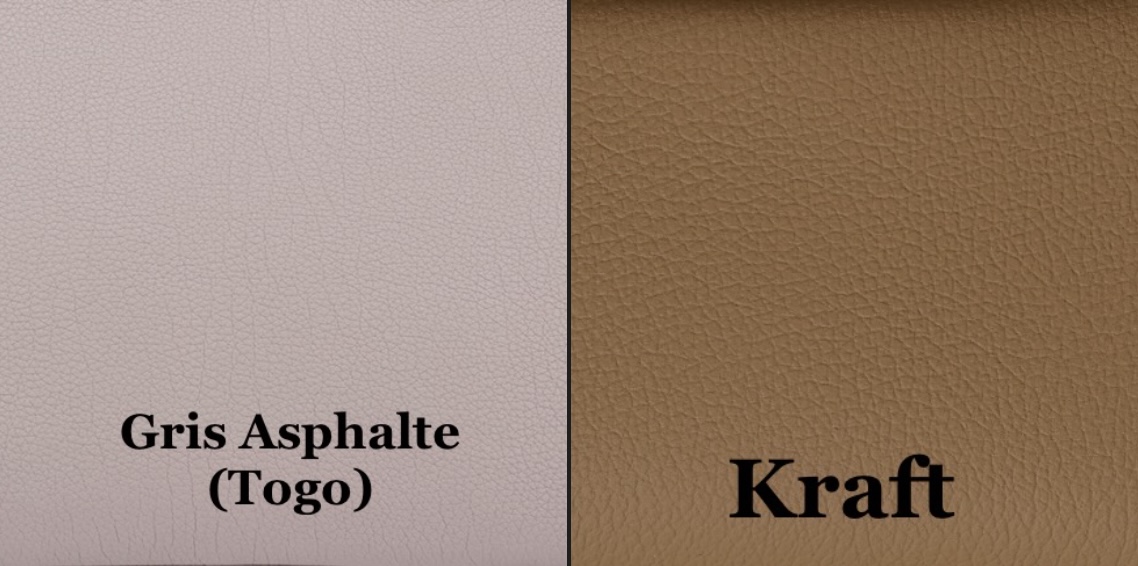
Then there is the matter of availability. As I mentioned, some colors are fairly Standard; that is, available pretty much every season. This includes colors like Etoupe, Rouge H, Gold, Noir, Bleu Saphir and Anemone.
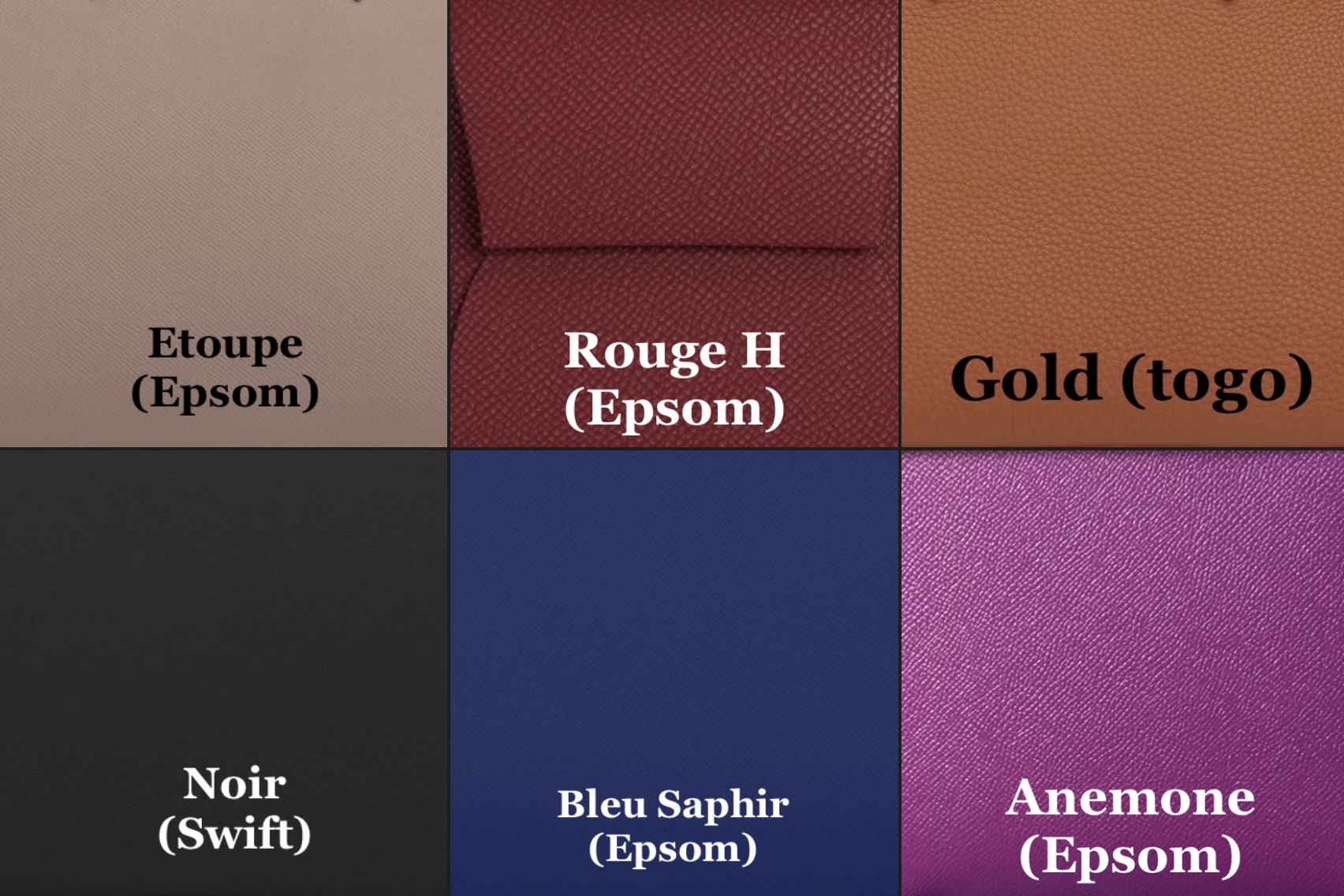
Alternatively (and finally!) there are the Rare colors. While any color other than the Standard offerings are rare, some colors were only offered for maybe one or two seasons, or haven’t been offered for a very long time. They may be Popular (Mykonos) or Particular (Vert Chartreuse) or Neutral (Ardoise).

So we have the following categories: Standard, Rare, Popular, Particular and Neutral. Any color can be in more than one category (although for my purposes it may only be Standard OR Rare OR neither, it may also be Popular OR Particular OR neither). Colors that are neither Particular nor Popular and also colors that are not Standard or Rare are not specifically categorized by a name, as, for example a color may be Rare and Popular, Rare and Particular, or just Rare (neither Popular nor Particular), or may be Standard and Neutral or Rare and Neutral or just Neutral (neither a Standard nor a Rare color). We tend to categorize colors as either Neutral or Pop, so a separate category name isn’t necessary, for the purposes of this exploration it’s either a Neutral color or it’s not.
Therefore, the categories I have come up with are these:
- Rare
- Rare Popular
- Rare Popular Neutral
- Rare Neutral
- Rare Particular
- Rare Particular Neutral
- Standard
- Standard Popular
- Standard Popular Neutral
- Standard Neutral
- Standard Particular
- Standard Particular Neutral
- Popular
- Popular Neutral
- Neutral
- Particular
- Particular Neutral
Use of Categories
Now, you can’t precisely determine the resale value of a particular color based on one category. But I think as a general matter we can agree that Rare colors will generally be more desirable than Standard colors and Popular Colors will be more desirable than Particular colors. I don’t think Neutral colors are, generally, more or less popular than colors that are not Neutral.
In this case, I would start to order desirability like this:
- Rare Popular & Rare Popular Neutral
- Rare & Rare Neutral
- Rare Particular & Rare Particular Neutral
- Standard Popular & Standard Popular Neutral
- Standard & Standard Neutral
- Standard Particular & Standard Particular Neutral
But is every Rare Particular Color (Crevette) more desirable than a Standard Popular Color (Rouge H)? Which is more important, Rarity or Popularity? Between the two options, I think it might be just a little trickier to sell a Particular color; a Rare Color which is difficult to wear isn’t as easy as a Popular Color which is a bit more common. Therefore, I would adjust the list like this (and remember, this is just a general framework, not an absolute rule):
- Rare Popular & Rare Popular Neutral
- Standard Popular & Standard Popular Neutral
- Rare & Rare Neutral
- Standard & Standard Neutral
- Rare Particular & Rare Particular Neutral
- Standard Particular & Standard Particular Neutral
Where, then, would I put the colors that are neither Standard nor Rare? Probably between the two.
- Rare Popular & Rare Popular Neutral
- Popular & Popular Neutral
- Standard Popular & Standard Popular Neutral
- Rare & Rare Neutral
- Standard & Standard Neutral
- Rare Particular & Rare Particular Neutral
- Particular & Particular Neutral
- Standard Particular & Standard Particular Neutral
Of course, beyond the few examples above, I have not defined what colors meet any of these definitions, and this is because, as stated, my purpose here is to open the conversation and to provide a general framework for evaluating the subjective value of any given color which you may be considering. Sitting here writing this, I wonder whether I could even come up with a “Standard Particular Neutral” color (would one even exist??). I don’t think it’s too hard to get an idea of which categories most colors fall into, although again there is a lot of subjectivity to it. (Gold is a Standard Popular Neutral, but what is Rose Pourpre? A purple-pink shade that’s been around a few years but is neither Standard nor Rare…unless you get to the hardware, but that’s another topic….)
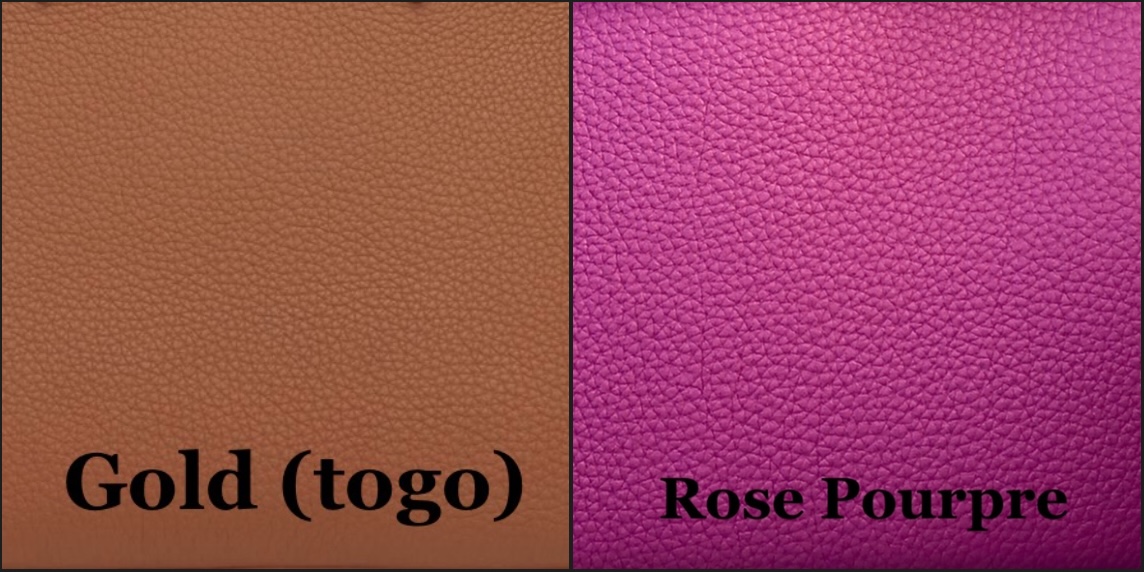
There are colors for everyone; there are a number of threads that discuss “best” or “worst” H colors”; I’m here to discuss why someone might say a color is one or the other. The question is, are you concerned about purchasing a certain color? Are you choosing between two colors? As long as you can evaluate the colors objectively, and get an approximate idea which category (or categories) the color would fall into, your decision gets a bit easier. Without being too specific, then, there are a few general comments I would add with regard to actual colors.
As a practical matter I don’t know how much difference there is between one category on this list and the one right above or below it, for example, a Standard color versus Rare Particular color. Is one more desirable than the other? For me, this is a close call and really does depend on the actual colors involved and the other resale factors. If you go on any resale website you are going to come across MANY black, gold and etoupe bags, and many of them linger for a while, but color is one of many factors and these colors also sell very well.
To get some hard data, I did a brief evaluation using a well-regarded resale website that makes available the data from their recent sales, so I could look at the various colors sold recently (as well as their condition, so that I wouldn’t be comparing perfect bags to very vintage ones). I am not naming the specific website, but it has an excellent reputation for Hermès and is not one the larger resale sites.
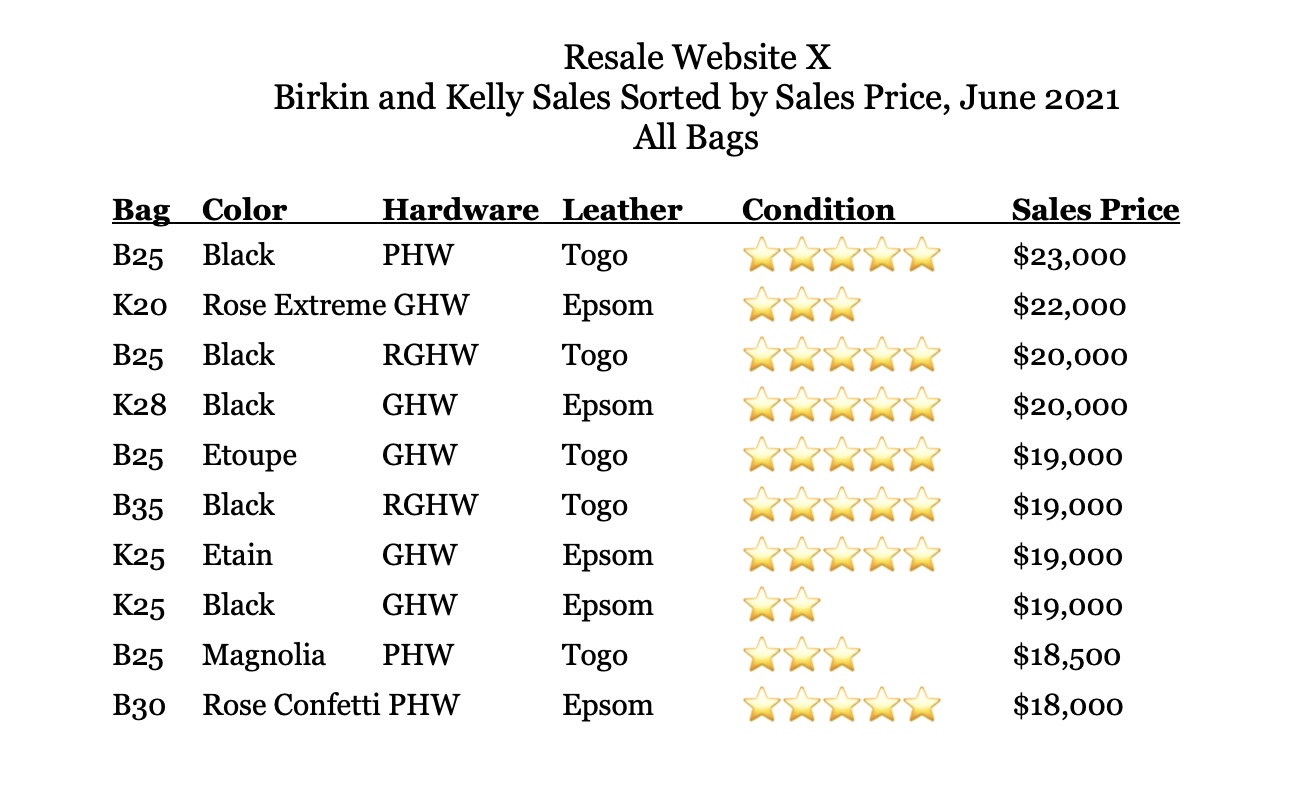
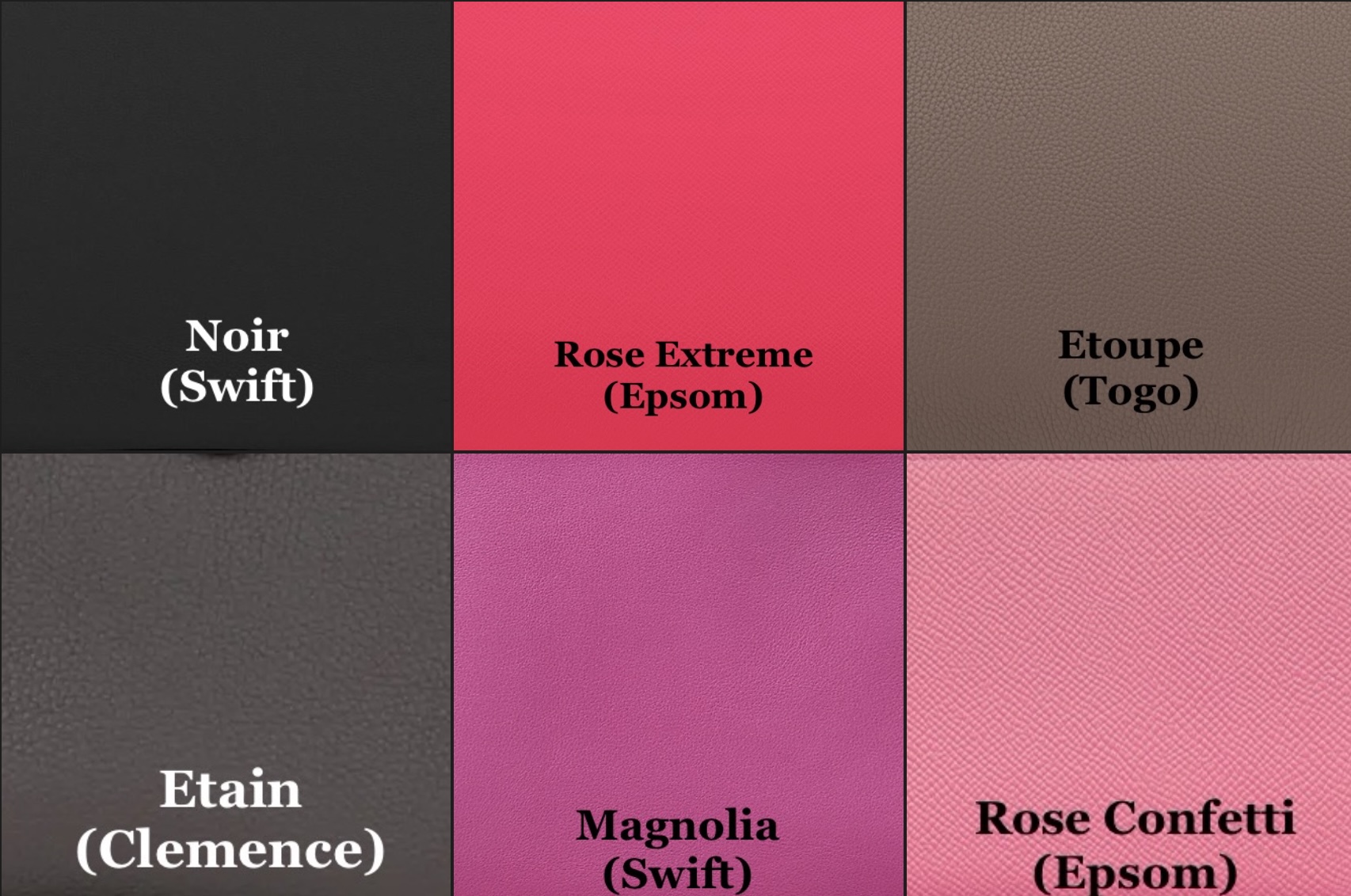
The things that jumped out at me: out of the top ten realized prices from this reseller, five – 50% – of the top selling bags were black; all the usual types of hardware were on the list; the various smaller sizes were represented, Birkins accounted for 6 of the 10 (and for the top 50 bags this proportion was the same for every group of 10 except one) I have to say that, even after all my years of collecting I was a bit surprised to find – all things being equal – black is the best selling color and fetches top prices if the condition is good. It’s not that black isn’t the most popular color; of course it is. Black is multi seasonal, goes with most colors and wardrobes and works anywhere in the world. I was just surprised that we are nowhere near a saturation of the resale market for that color.
Etoupe and the usual popular neutrals also do very well. Beyond that, (and this is no surprise to me) Pink is always popular and the various shades of pink (and other colors that lean pink) in general do very well. By the same token oranges, and browns and reds that lean orange, can be a bit trickier; even though orange is the official color of Hermès, it is not a feminine color, it can be harder to match, it may have seasonal connotations (Halloween) or seem more limiting in what one can wear with it. This was borne out during my evaluation of recent sales. Also white, though very popular, is very difficult to maintain and may turn yellow, which I am advised Hermès will not fix, so it seems to fall in the middle of the range, and not as well as other neutrals.
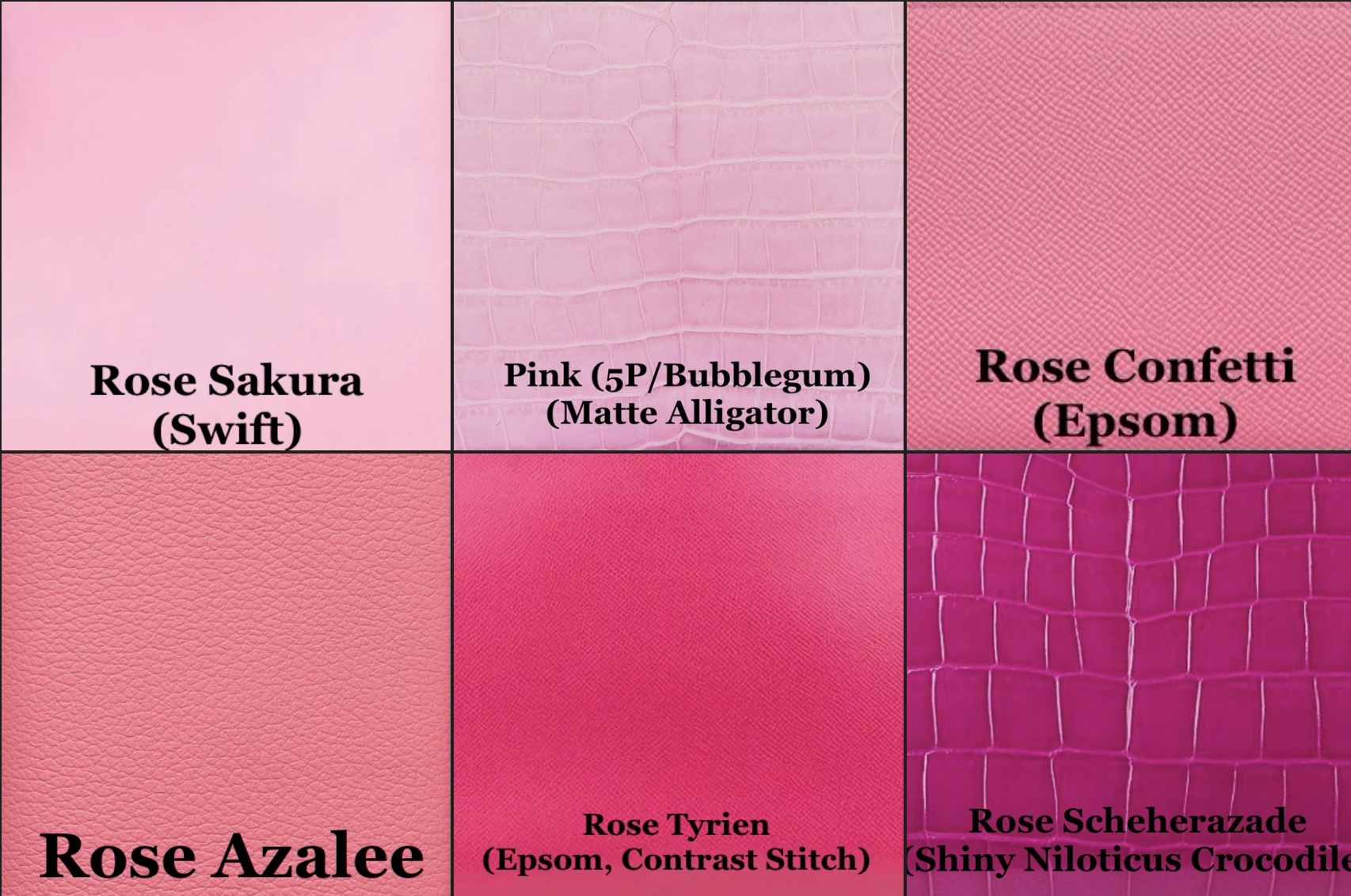
Another way to look at this is: colors that are clear and easily definable do better than colors which are muddy, or hard to describe, or have odd undertones; Rose Thè and Rosy, while comparatively rare, are neither pink, nor coral, nor tan. Similarly, Lichen and Toundra are olive-y greenish browns. These colors are somewhat sedate and muddy. By contrast, Rose Mexico is a bright pink and Bougainvillea is coral; Vert Olive is a true olive; Bambou is bright green.


Other colors that tend to do well: light blues; bright purples, bright greens and true reds; most grays; darker colors that can serve as a more fun alternative to black; typically “feminine” colors; and gold/fauve (if the condition is good).
So the takeaway is, there really aren’t many big surprises with bag colors that are good for resale: it’s the colors we see people buying. Black and the popular neutrals; pinks; the rare popular colors. For more of the sales list, see below. Of the top 32 prices, 17 were neutrals (8 Black, 2 Etoupe, Etain, Craie, Asphalte Bleu Saphir, Gris Mouette, Gold, and Vert Amande); 7 were shades of pink; 3 were reds; 2 were pop greens, and 2 were blue.
